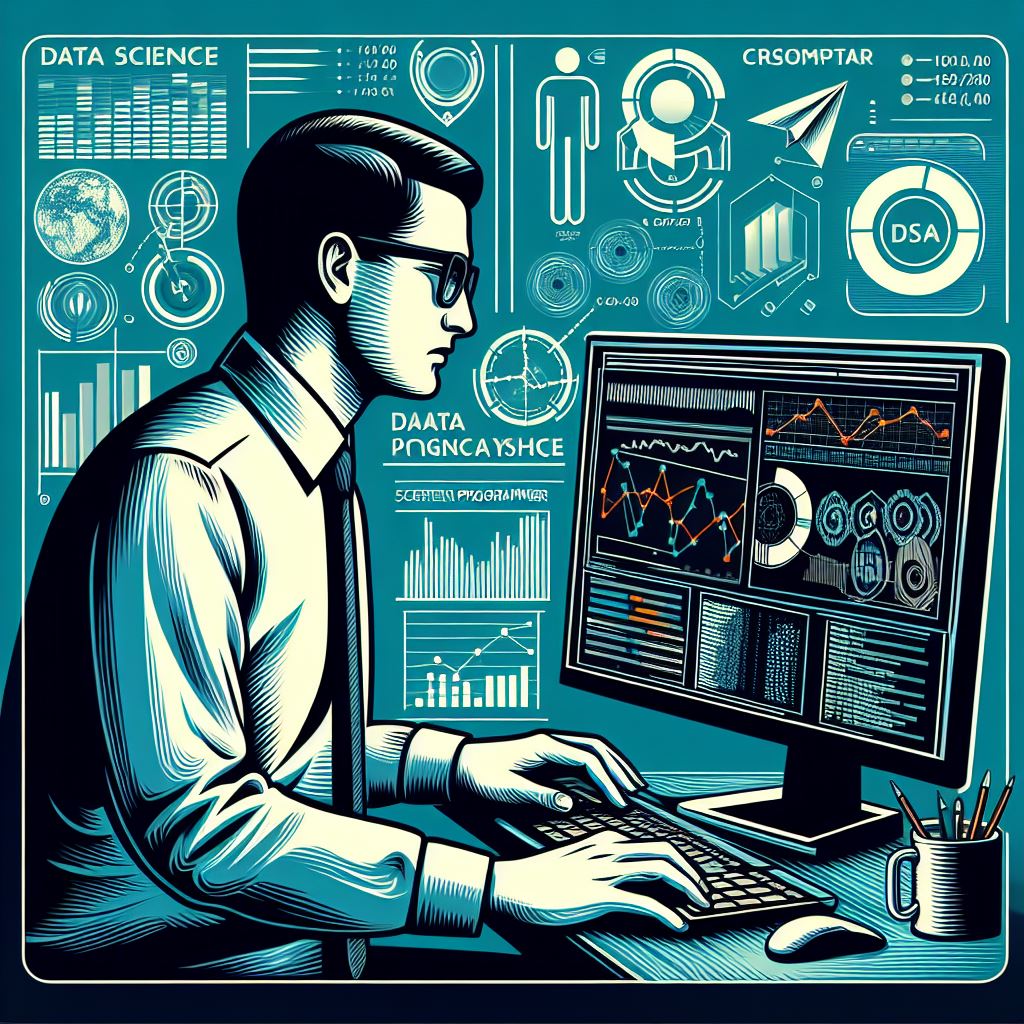Transfer learning is a powerful technique in machine learning (ML) and artificial intelligence (AI) that leverages the knowledge gained from solving one problem and applies it to a new, but related, problem. This method has gained significant popularity in recent years, especially in fields like computer vision, natural language processing, and robotics. By using pre-trained models, transfer learning reduces the amount of data and computation required to train a model for a new task, making it an efficient and time-saving approach for AI development.
In traditional machine learning, models are trained from scratch using large datasets. However, this process can be time-consuming and resource-intensive. Transfer learning changes this by using a pre-trained model—typically trained on a large dataset for a specific task—and adapting it to solve a different, but similar, problem. Essentially, the knowledge the model has gained from the initial training is “transferred” to a new model, saving time and improving performance.
Types of Transfer Learning
There are three main types of transfer learning:
Inductive Transfer Learning: This is the most common type where the task the model is transferred to is different, but related to the original task. For example, a model trained to recognize objects in one set of images can be fine-tuned to recognize a different set of objects in another set of images.
Transductive Transfer Learning: In this type, both the source and target tasks are related, but the domains differ. For instance, a model trained on data from one geographic region may be adapted to work in a different region with similar conditions.
Unsupervised Transfer Learning: This type involves transferring knowledge between tasks without labeled data. It is a more advanced and emerging area of research, where models are trained on unlabeled data and knowledge is shared across tasks without direct supervision.
Benefits of Transfer Learning
The key advantage of transfer learning is its ability to save time and resources. Training a deep neural network from scratch can require vast amounts of data and computational power. With transfer learning, much of the work is already done, and the model can be fine-tuned with smaller, task-specific datasets. This is particularly useful when labeled data is scarce or expensive to obtain.
Another benefit is improved accuracy. Pre-trained models have already learned useful features from a large dataset, making them more likely to perform well on related tasks. For example, a pre-trained image recognition model can learn to identify general patterns such as edges, textures, and shapes, which can then be used to recognize more specific objects with less data.
Transfer learning also reduces the barrier to entry for developers and organizations that may not have access to massive datasets or the computing resources required to train models from scratch. It enables smaller companies or individual developers to build advanced AI systems without the need for enormous investments in training data and infrastructure.
Applications of Transfer Learning
Computer Vision: Transfer learning has revolutionized the field of computer vision, allowing models trained on large datasets (such as ImageNet) to be fine-tuned for specific tasks like facial recognition, object detection, or medical image analysis.
Natural Language Processing (NLP): In NLP, pre-trained models like BERT and GPT have been used to perform a wide range of tasks such as sentiment analysis, language translation, and text summarization. These models are often fine-tuned on smaller, domain-specific datasets to improve performance for specific use cases.
Robotics: Transfer learning is also applied in robotics, where robots can transfer knowledge from one task (like navigating a warehouse) to another (such as assembling parts) with minimal retraining.
Healthcare: In healthcare, transfer learning helps in diagnosing diseases from medical images or genetic data by using models trained on large datasets of similar medical cases, reducing the need for extensive patient-specific data.
Challenges in Transfer Learning
While transfer learning offers numerous benefits, it is not without challenges. One of the biggest challenges is ensuring that the source and target tasks are sufficiently related. If the tasks are too different, the transfer of knowledge may not be effective, and the model’s performance may degrade. Another challenge is fine-tuning the model correctly, as the process requires expertise to balance the pre-trained knowledge with the new task-specific data.
5
